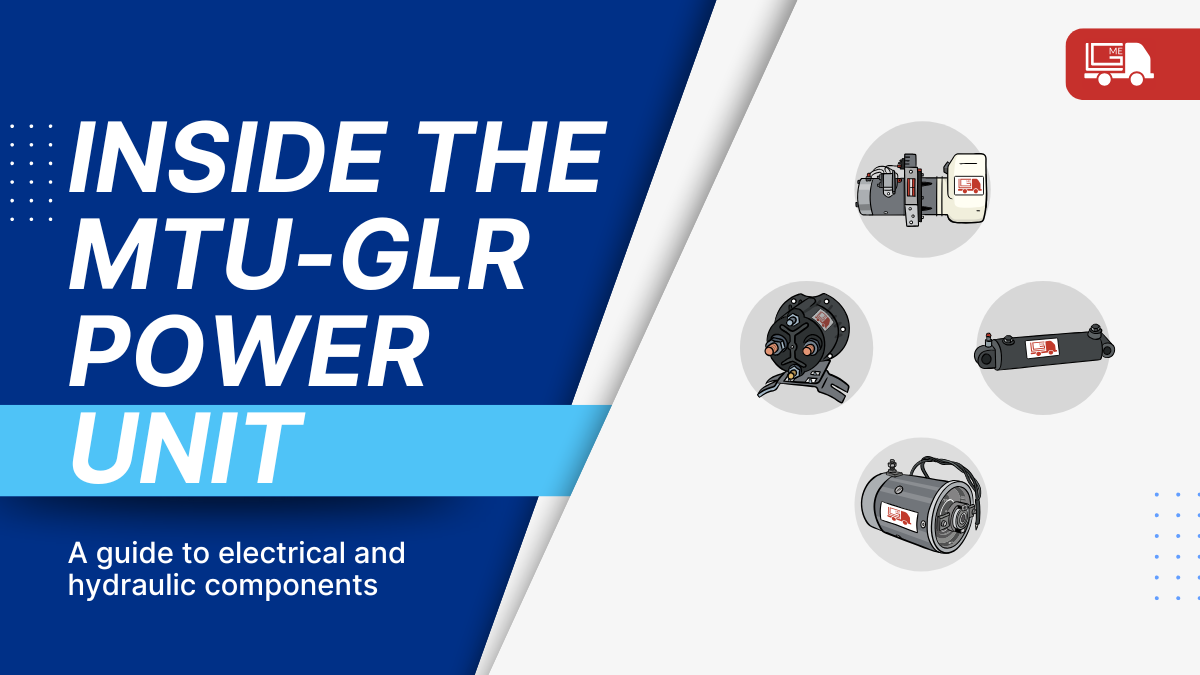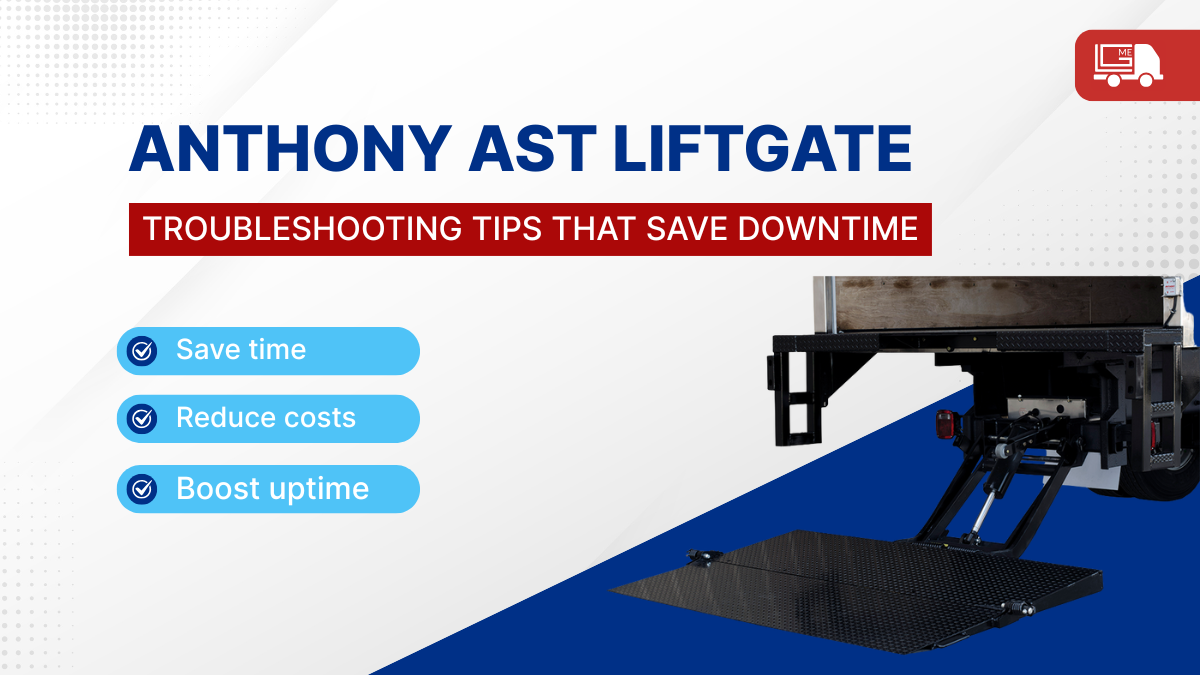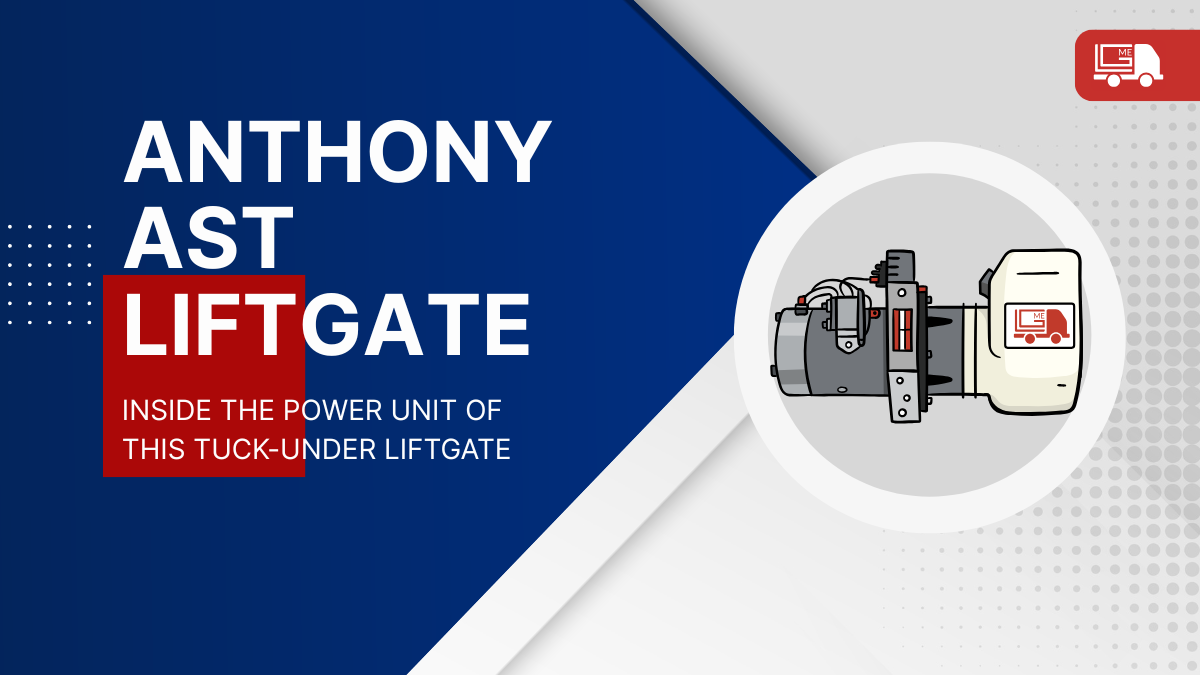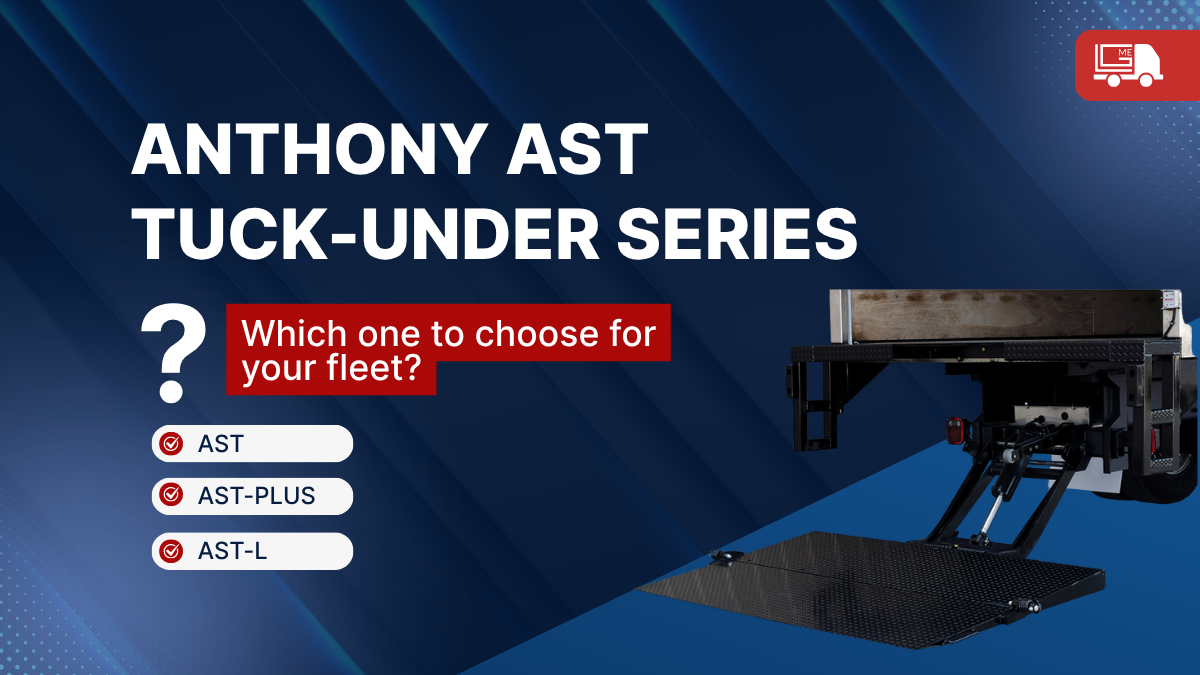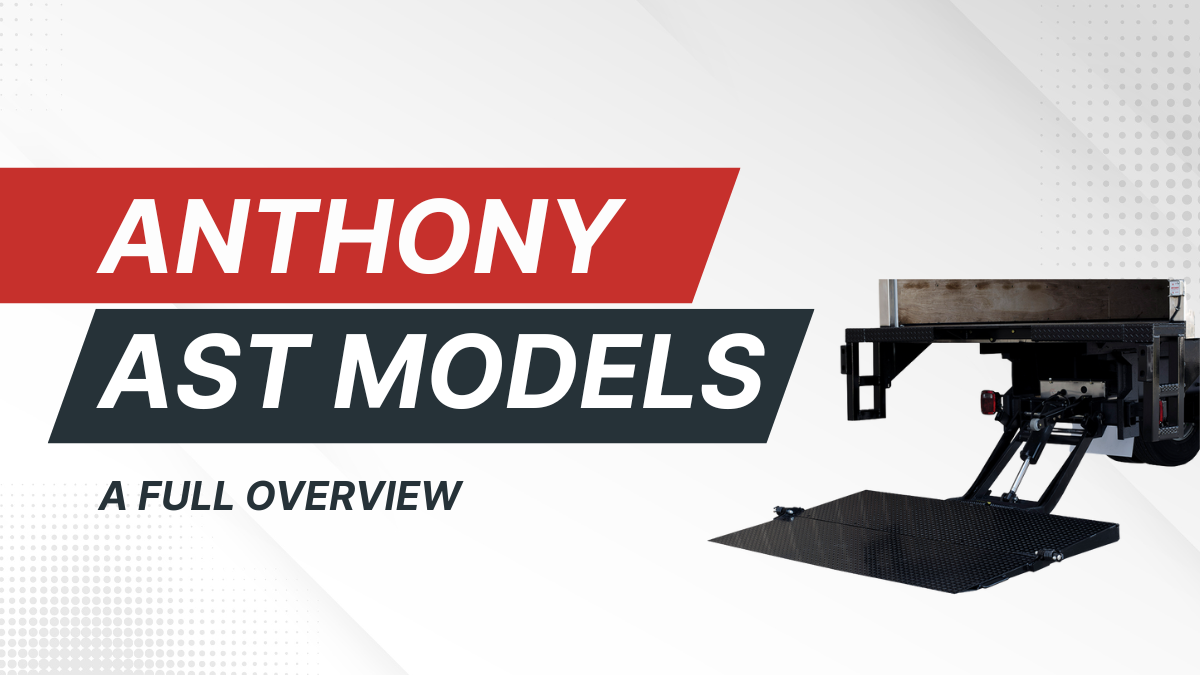Customer segmentation is important to all industries because it helps businesses understand what type of customers they serve and how to more effectively position and communicate their value through improved targeting, marketing, and unique customer experiences.
LiftGateMe is here for you as we discover segmentation together. If you're not segmenting today, read on.
What you'll discover in this article:
- What is Customer Segmentation?
- Why is customer segmentation important?
- What type of general Segments apply specifically to repair and liftgate companies?
- How to start your journey?
- Why start today?
What is Customer Segmentation?
Customer segmentation is the process of dividing a contact base into smaller groups with similar characteristics. It is an important strategy that is used to better understand and target contacts so that you can better illustrate your business’s value. Since your customers have different needs, requirements, and workflows, it’s important to ensure that you know the intricacies of each customer segment that you serve.
Common segments across all industries include demographics (age, gender, etc), psychographics (beliefs, values, priorities, etc), lifestyle traits (hobbies, non-work activities, etc), and behavior (brand loyalty, shopping habits, preferred purchase channels).
As it relates to the repair, fleet, and liftgate industry, let’s go over why segmenting your customers is important and how you may start to think about splitting your customers into segments to better serve them.
Why is customer segmentation important?
There are several reasons why customer segmentation is important in the truck repair industry:
Improved targeting
Customer segmentation allows trucking companies to identify specific groups of customers that they can target with their marketing and branding efforts.
For example, a repair company that specializes in large capacity column liftgates and refrigeration units may target food and beverage companies as a customer segment. After deciding this is a valuable segment, they may create more targeted marketing material, enhance employee knowledge around the segment, and assert that they are the food and beverage truck and trailer repair specialists in their geographic area (of course, if that is true!).
By targeting specific customer segments, you can more effectively reach your target audience, heighten your chances of bringing in new customers, and increase your customer retention (ie, stop losing customers).
Increased efficiency of marketing resources
Customer segmentation can help fleet repair providers be more efficient in their marketing efforts by focusing their resources on specific groups of customers.
For example, a repair company that primarily services cantilever liftgates and film crew trailers may target movie production companies as a specific customer segment.
A repair company that specializes in onsite fleet repair may find internal efficiencies in targeting larger companies who outsource maintenance to third parties and have acres full of trucks and trailers.
Deciding to target a specific segment of customers can help to reduce marketing costs and increase the return on investment. It will also allow you to stand out as a “specialist” once you gain traction within this segment.
Enhanced personalization
Customer segmentation allows businesses to tailor their efforts to the specific needs and preferences of different groups of customers. This can help to create a more personalized and relevant experience for customers, which can increase customer loyalty and satisfaction.
For example, if targeting beverage companies as a segment, you may decide to run campaigns a month or two prior to their busiest times of the year where their equipment may fail more than usual because of overuse and let them know you are the primary source for beverage truck repair needs. You can then couple that campaign with a few helpful hints that you’ve discovered over the years for that segment which make your particular shop stand out among competitors.
Greater understanding of customer needs
Customer segmentation can help businesses to gain a deeper understanding of their customers and their specific needs. This can be useful for offering new products or services and improving existing ones which your business has.
Customer Experience
By segmenting your customers, you can then dive into the different expectations and value you provide to different segments. This then allows you to create unique customer experiences for each customer segment. For example, if you know that large fleet companies outsource work to your repair business because they trust your team with specific workflows and customer service rather than viewing you only as the cheapest option, you can excel in these areas without hesitation and build specific customer experiences with this knowledge; however, other companies may use you because of other factors like cost, speed, reliability, or availability.
Defining your customer segments allows you to build crafted experiences for each.
Have a question? We'd love to hear from you.
No liftgate serial number? Click here for a visual guide to locate it, then contact us.
What type of liftgate (and trucking) customers are there?
There are many different types of businesses that use liftgates on their trucks and trailers to enhance their workflows. We can separate these customer types into buckets called segments. For example, as a fleet service company, some common types of liftgate customer segments include:
1. Delivery companies: Delivery companies, such as courier and transportation companies, are a common type of liftgate customer. They use liftgates to load and unload a wide range of cargo, including packages, pallets, and other goods.
2. Manufacturing companies: Manufacturing companies often use liftgates on their trucks and trailers to transport raw materials, finished products, and other goods.
3. Food and Beverage companies: Food and beverage companies often use high capacity liftgates to move and deliver their products to non-dock areas.
4. Retail businesses: Retail businesses, such as stores and supermarkets, may use liftgates to load and unload pallets of goods from their delivery trucks.
5. Construction companies: Construction companies may use liftgates on their trucks and trailers to transport building materials and equipment to and from job sites.
6. Government agencies: Government agencies, such as the military and various municipal departments, may use liftgates on their trucks and trailers to transport equipment and supplies.
7. Taxi services and Medical transport: These service companies often use van lifts, specializing in the safety of the people and their cargo. They also commonly use wheelchair lifts.
Many of these segments have their own needs, desires, and, as it relates to liftgates, even use specific liftgate models.
A food and beverage company, whose pallets weigh thousands of pounds and has daily delivery routes, needs a liftgate that can withstand a high capacity plus more consistent cycle counts; this can be compared to an appliance company who may have two deliveries per week and have an average item weight that’s less than 1,000 lbs.
Reseller or End User?
And if that wasn’t enough, you may also segment customers into the type of business they are. You may view your customers as either end users or resellers; both have two very distinct buying processes and will view your business’s value differently.
Because of these differing needs, it’s important to understand what type of customer segments you serve and what information or service they seek from your business.
Communication channels
Ever thought of this as a segment? Customers prefer to communicate in different ways; some love email and ordering online; some love to text, then to call and order over the phone; some may love physical paper with checklists and sign off sheets hand dropped at their desk with a friendly smile. Regardless of the preference, it may be important to your business and your brand to ensure you recognize customers’ unique preferences to better serve them and position your business.
Start your journey
Hubspot is one of our favorite thought leaders. Get started with segmentation using their strategies here, you won’t regret it!
Why start today?
Customer segmentation is an important strategy in the truck repair and liftgate industry because it allows companies to better understand and target their customers, resulting in increased efficiency, improved customer loyalty, greater trust amongst a segment, and above all, understanding what value you provide to different types of customers.
We’re not marketing experts, but we’ve discovered that segmentation is essential to provide more value to our customers and want to share this insight with you. We’re strong believers that if we can do this, you can too and that small steps in thinking about segmentation will help your company excel.
Want to talk more about it? Feel free to email us with questions.
Your team at LiftGateMe
Subscribe to keep in touch
Get our content delivered directly to your inbox. We're offering powerful content to keep you lifting throughout the year. Keep in touch with us to see why we're your Single Source partner for all things liftgate.


